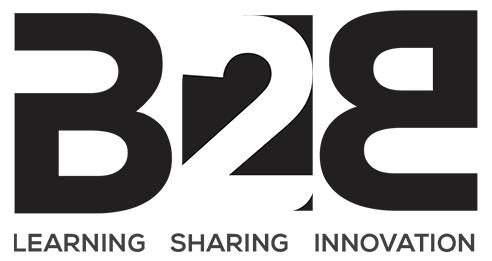The Reserve Bank of India (RBI) has introduced updated guidelines for Priority Sector Lending (PSL) aimed at improving credit accessibility for key sectors of the economy. Effective 1st April, 2025, these revisions are expected to enhance financial inclusion, drive sustainable development and ensure equitable lending across diverse sectors.
The new PSL framework will apply to commercial banks, Regional Rural Banks (RRBs), Small Finance Banks (SFBs), Local Area Banks (LABs) and primary Urban Cooperative Banks (UCBs), with the exception of salary earners’ banks. By redefining loan limits and expanding eligibility criteria, the RBI seeks to bridge financial gaps and foster inclusive economic growth.
The key changes in PSL guidelines are as follows:
- Housing loan limits increased: Under the updated framework, loans of up to Rs 50 lakh will be available for cities with populations exceeding 50 lakh residents, while cities with 10 to 50 lakh residents will have a limit of Rs 45 lakh. For smaller towns with populations below 10 lakh, the maximum loan limit is set at Rs 35 lakh. Additionally, the cost of eligible housing units under PSL has been specified to ensure a more targetted and equitable allocation of credit, further supporting affordable housing and financial inclusion.
- Boost to renewable energy: Loans of up to Rs 35 crore for public utilities and power generators will now qualify under PSL, providing a boost to the renewable energy sector. Additionally, individual households can avail loans of up to Rs 10 lakh for renewable energy projects, reinforcing India’s commitment to green energy adoption and sustainable development. These revised guidelines aim to accelerate investments in clean energy initiatives while ensuring broader financial access to eco-friendly solutions.
- New PSL targets for UCBs: UCBs must now meet a PSL target of 60 per cent of Adjusted Net Bank Credit (ANBC) or Credit Equivalent of Off-Balance Sheet Exposures (CEOBSE), whichever is higher. This move aims to enhance UCBs’ role in financing priority sectors effectively. Additionally, the RBI has expanded the definition of ‘weaker sections’ by removing loan caps for single-woman beneficiaries, ensuring greater financial inclusion and empowering women through improved access to credit.
- Credit allocation based on regional needs: Districts with lower per capita credit flow will receive a 125 per cent weightage in Priority Sector Lending (PSL) target fulfillment, ensuring that underserved regions gain better financial access. Conversely, high-credit flow districts will be assigned a 90 per cent weightage, promoting a more balanced and equitable distribution of credit across various regions. This adjustment aims to bridge regional disparities and ensure inclusive economic development.
- Mandatory fund contributions for PSL non-compliance: Banks that fail to meet their PSL targets must contribute to designated funds such as the Rural Infrastructure Development Fund (RIDF) at specified interest rates. This ensures that unfulfilled credit obligations are redirected towards essential infrastructure development in underserved areas. Additionally, to promote fair lending practices, banks are prohibited from charging service fees on PSL loans up to Rs 50,000, making financial assistance more accessible to small borrowers.
These revised guidelines cover vital sectors such as agriculture, MSMEs, export credit, education, housing, social infrastructure and renewable energy. By enhancing loan limits and refining lending targets, the RBI aims to channel increased funds into critical sectors, driving sustainable growth and broader financial inclusion.
Send news announcements/press releases to:
info@b2bmarketmedia.com

























































